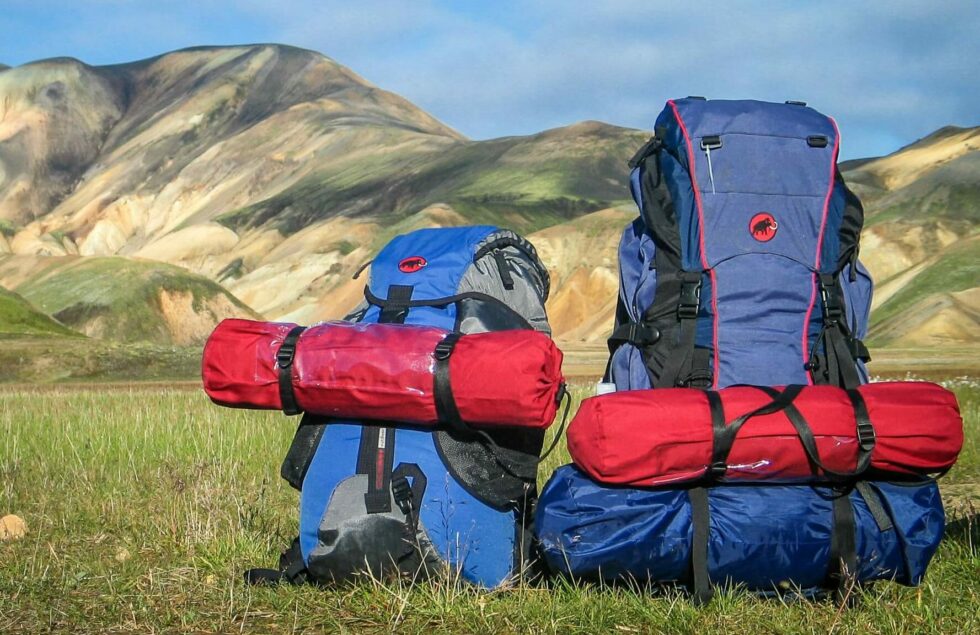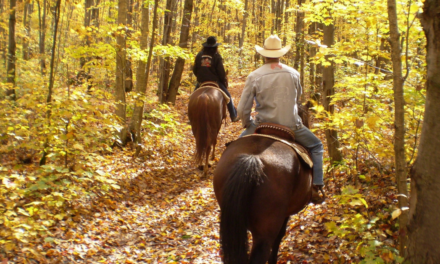Choosing the right pack to carry your gear and the items that you will need to take on a hike with you is more important for the teenagers and adults in your family than the little ones. If your little ones want to help carry items on a hike then a high quality children’s backpack, like the ones they use for school, should be just fine.
You can put rain gear, extra socks, a sweater and a water bottle in their backpacks and they will be all set. You and the older children will end up carrying most of the gear so the packs that you choose will make a big difference in whether or not you have a great hike or a miserable one. The first thing that you need to decide when you’re choosing a pack is whether you want an internal frame pack or an external frame pack.
Internal Frame Packs
Internal frame packs were originally designed to be used by rock climbers that needed a pack that was more flexible and hugged the body more closely than the traditional external frame pack. Internal frame packs leave your arms freer and make movement easier and also don’t pull to one side or another. They are taller and narrower than external frame packs. Internal frame packs are often recommended for hiking, skiing, or horseback riding treks. They have become a very popular type of backpack for these reasons.
One of the biggest advantages of using an internal frame pack is that they are extremely flexible and follow the motion of your back so if you’re going to be heading off on a long hike you might find that an internal frame pack is more comfortable because it has so much more flexibility.
For parents hiking with kids, the extra stability of an internal frame pack is great just in case you need to pick up and carry a child along with your pack. Also, since your arms will be under less pressure and stress, you will have a hand available to help a child over a rough spot in the trail or hold a hand while crossing a stream if you need to.
There are a few disadvantages of using internal frame packs though. Because the pack sits much closer to your body and follows the shape of your back you will sweat more because there won’t be as much air flow as there would be with an external frame pack. Another disadvantage is that internal frame packs usually don’t have a lot of outside pockets and pouches. Most of your gear will need to be packed into the center compartment of the pack which might make it harder to get at if you need it.
External Frame Packs
External frame packs have been the choice of hikers and campers for many years. External frame packs can be up to three pounds lighter than an internal frame pack and when you’re carrying a lot of gear, snacks, and sometimes even a small child that three pounds can make a big difference.
The other big advantages that an external pack has is that the pack fits further away from your body so you will get some air flow between your back and the pack, which help keep you from getting hot and sweaty when you’re hiking. The external frame pack also is more rigid and distributes the weight of the pack differently so that instead of carrying the bulk of the weight of the pack on your shoulders, you’re actually carrying it on your hips.
Some of the disadvantages of external frame packs are that they have lots of outside pockets and pouches that can get snagged on trees or rocks and pull you off balance or rip the pack. External frame packs are also very rigid which makes it difficult to climb or hike a difficult trail while wearing one. External frame packs don’t move with your body and that can be painful if you’re going to be wearing the pack for a long period of time.
























